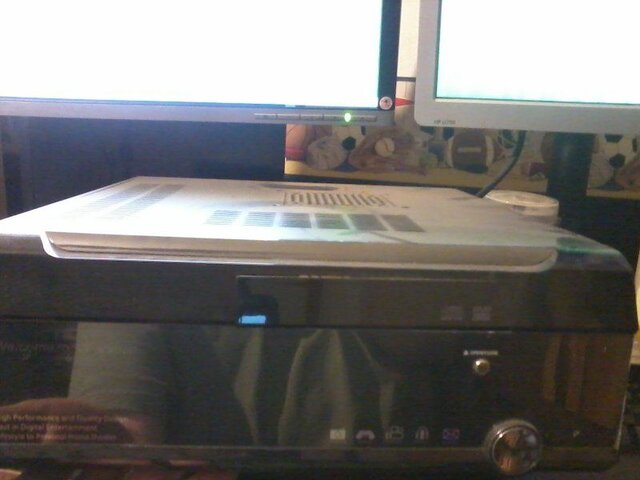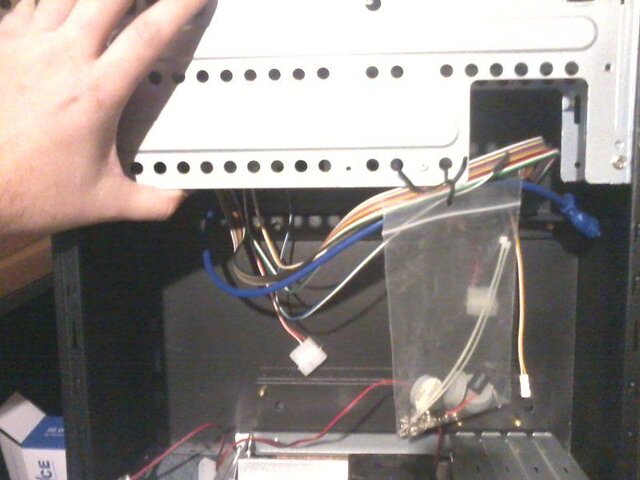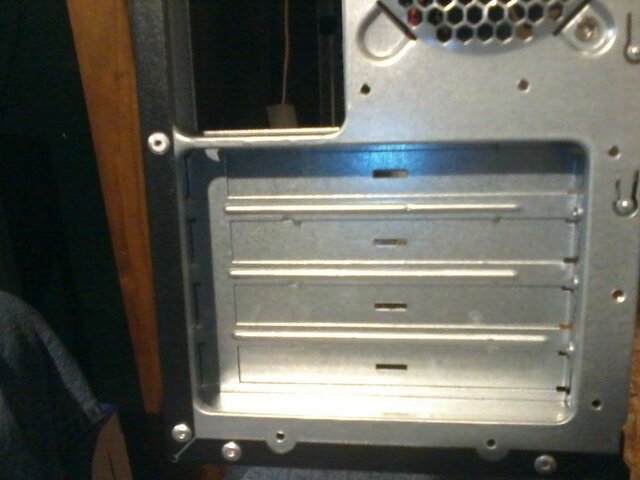Does your media center PC box have PCIe slots? If so, you can install DVB-S2 tuner cards such as
those made by TBS. They also make
external tuners that are USB connected but personally I'd tend to shy away from those, having read too many comments about them running hot.
Basically what I run is a desktop computer running a long-term support (LTS) version of
Ubuntu Server edition (no desktop, it's just a server), and on that I have installed
TVHeadend as my PVR software, and the
driver software for my TBS cards. I also use
zap2xml to get TV guide data.
For terrestrial OTA TV you can either add another
TBS tuner card that supports ATSC, or a different model if you are not in an ATSC country, or in some areas of the world you can use a
HDHomeRun device, which can be anywhere on your local network (so ideally you'd put it close to wherever your TV antenna cable enters your house). Either will work with TVHeadend.
If you don't like Linux there are Windows-based PVR backends such as
MediaPortal or
NextPVR. Linux (Ubuntu Server) is more secure than Windows and it's free, so that's what I use.
You will also need a box running
Kodi to connect to your TV. Do NOT buy a pre-loaded "Kodi box" as these are highly illegal in many jurisdictions, because they are loaded with third-party piracy addons that are not approved by the Kodi developers and that can break your entire system (and guarantee you will get no support whatsoever in any official Kodi support forums). Instead, install Kodi on a system you build to use (as a small HTPC box, for example), and only install addons from the official Kodi repository. Kodi will serve as your "frontend" software, and TVHeadend as your "backend" software. You can have many frontend systems, but you usually will have only one backend system. You CAN run Kodi on the same box as TVHeadend if you like; many people do that, but if you plan to do that you'll want to run a standard Ubuntu desktop rather than Ubuntu Server as your OS (if you have already installed the server edition you can just add a desktop package).
One thing I would personally avoid is the software known as OpenElec or LibreElec. That is a package that's supposed to make it easy to install and run Kodi and optionally TVHeadend, but the tradeoff is that they make it very difficult if not impossible to go "off the ranch" and install any of the other software. It's like being in a walled garden with a very high wall. You get what they want you to have and nothing else unless you are very clever in getting around the limitations. One thing you may have difficulty doing is installing the drivers for your tuner cards. If you want to experiment with one of those go ahead, but don't say I didn't warn you.
This type of setup will give you the greatest flexibility but it is definitely not an "install and forget" type of thing. If you don't want to learn anything, but would rather just plug something in and have it work, then this is not a solution for you. If you hate having to search the Internet to find solutions to minor issues that may arise during or after installation, again this is not a good fit. For a more complete setup tutorial see
this blog post or any of the many
videos on YouTube that show how to install and set up TVHeadend for DVB-S2 reception. Just keep in mind that they do things a little differently in other parts of the world, so information applicable to an install in Europe may only be partially applicable here, and also TVHeadend has a tendency to make significant changes in portions of its interface between versions, so videos or screenshots that show an older version may not look the same as what you will see when you install the most recent version of TVHeadend.




